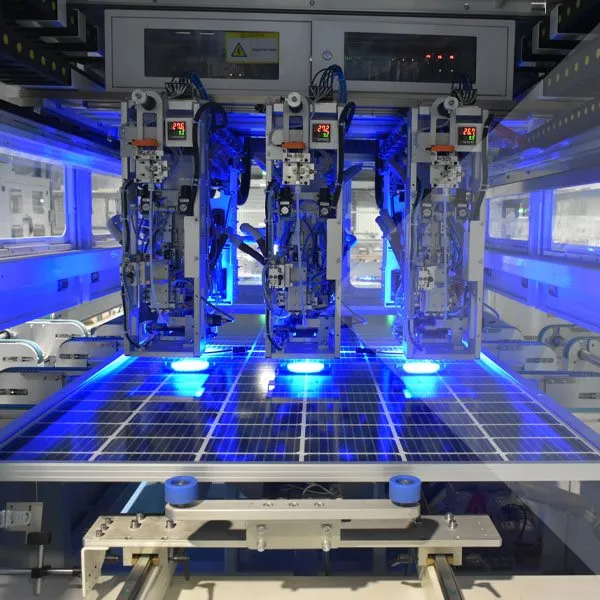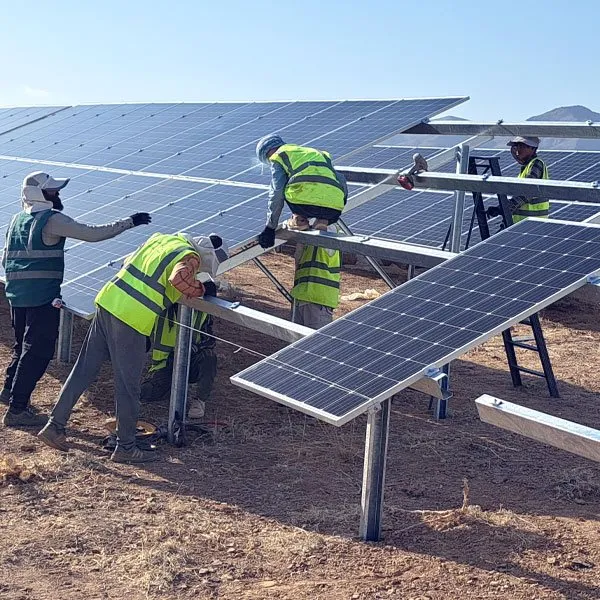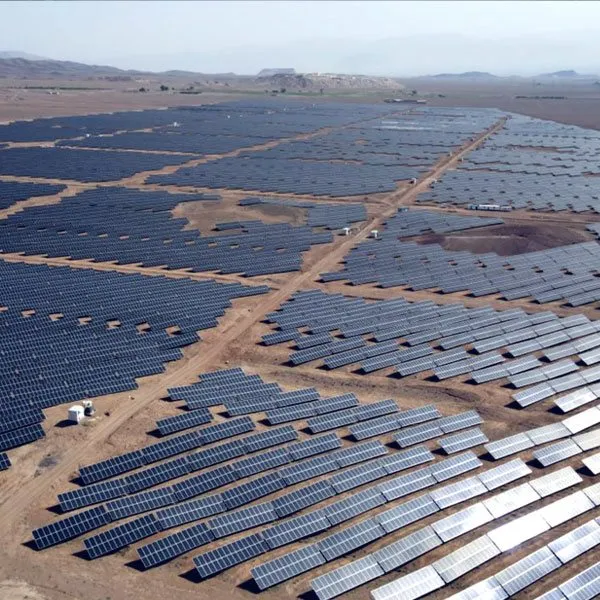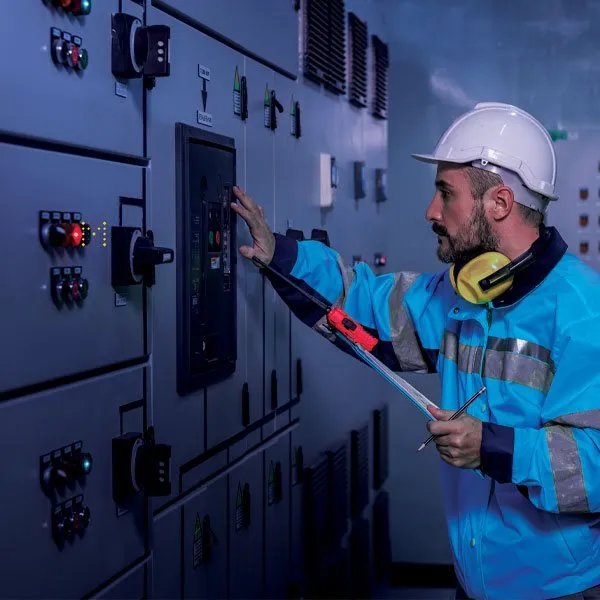
Mana Energy Pak, an innovative knowledge-based company and Iran’s largest solar panel manufacturer, commenced its activities in 2018, focusing on the design and production of various (types)of solar panel types .
Relying on indigenous technical know-how and employing the most advanced global technologies—including cutting-edge TOPCon technology—its factories produce solar panels with an annual capacity of 1,800 MW, meeting international standards IEC 61730 and IEC 61215.
Mana Energy Pak’s solar panels are distinguished by superior quality, assured long-term reliable performance, and backed by strong warranties
Mana Energy Pak, an innovative knowledge-based company and Iran’s largest solar panel manufacturer, commenced its activities in 2018, focusing on the design and production of various (types)of solar panel types .
Relying on indigenous technical know-how and employing the most advanced global technologies—including cutting-edge TOPCon technology—its factories produce solar panels with an annual capacity of 1,800 MW, meeting international standards IEC 61730 and IEC 61215.
Mana Energy Pak’s solar panels are distinguished by superior quality, assured long-term reliable performance, and backed by strong warranties

Mana Energy Group, as one of the pioneers in solar power plant construction in Iran, is recognized for its outstanding experience in consulting and executing EPC projects.
The company utilizes its own manufactured solar panels and complies with international standards to provide consulting, design, and implementation services for major projects such as the 600 MW SATBA power plant, the 10 MW Mahabad Petrochemical power plant, and numerous small-scale solar systems.
Mana Energy’s expert team supports investors from the consultation stage through commissioning and operation, placing strong emphasis on quality and continuous support.
Mana Energy Group, as one of the pioneers in solar power plant construction in Iran, is recognized for its outstanding experience in consulting and executing EPC projects.
The company utilizes its own manufactured solar panels and complies with international standards to provide consulting, design, and implementation services for major projects such as the 600 MW SATBA power plant, the 10 MW Mahabad Petrochemical power plant, and numerous small-scale solar systems.
Mana Energy’s expert team supports investors from the consultation stage through commissioning and operation, placing strong emphasis on quality and continuous support.

With the aim of increasing the share of renewable energies in the country’s energy mix, Mana Energy Group has placed investment in the construction of solar power plants as one of its strategic priorities.
Among these projects is the 100 MW Mahallat solar power plant, recognized as the largest private-sector solar power plant in Iran.
Additionally, investment, construction, and operation of solar power plants of 40 MW in Mahallat, 24 MW in Abarkouh (Yazd), and a 1500 MW solar power plant across 12 provinces and 34 sites are other projects currently underway within the group
With the aim of increasing the share of renewable energies in the country’s energy mix, Mana Energy Group has placed investment in the construction of solar power plants as one of its strategic priorities.
Among these projects is the 100 MW Mahallat solar power plant, recognized as the largest private-sector solar power plant in Iran.
Additionally, investment, construction, and operation of solar power plants of 40 MW in Mahallat, 24 MW in Abarkouh (Yazd), and a 1500 MW solar power plant across 12 provinces and 34 sites are other projects currently underway within the group

To become a dependable supplier in Iran’s solar energy market and diminish dependency on imported equipment, Mana Energy Group has expanded its investments to include manufacturing other power plant components and additional parts of the panel production chain, such as solar cell production, electrical panel assembly, and aluminum frame fabrication.
"This approach, along with the improving product quality, will also be effective in creating jobs (contribute to job creation) and enhancing the technical knowledge and skills of domestic specialists."
To become a dependable supplier in Iran’s solar energy market and diminish dependency on imported equipment, Mana Energy Group has expanded its investments to include manufacturing other power plant components and additional parts of the panel production chain, such as solar cell production, electrical panel assembly, and aluminum frame fabrication.
"This approach, along with the improving product quality, will also be effective in creating jobs (contribute to job creation) and enhancing the technical knowledge and skills of domestic specialists."

